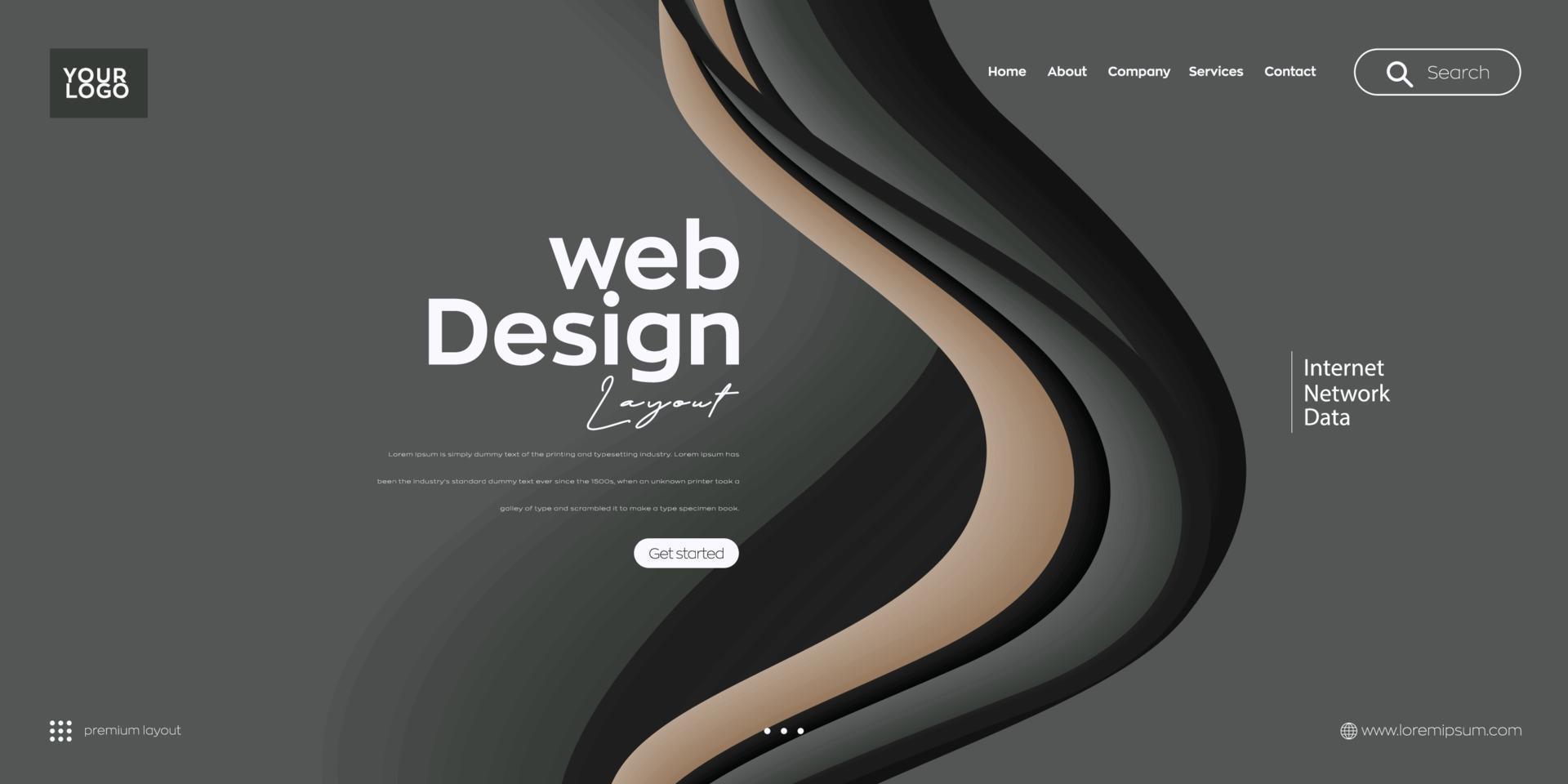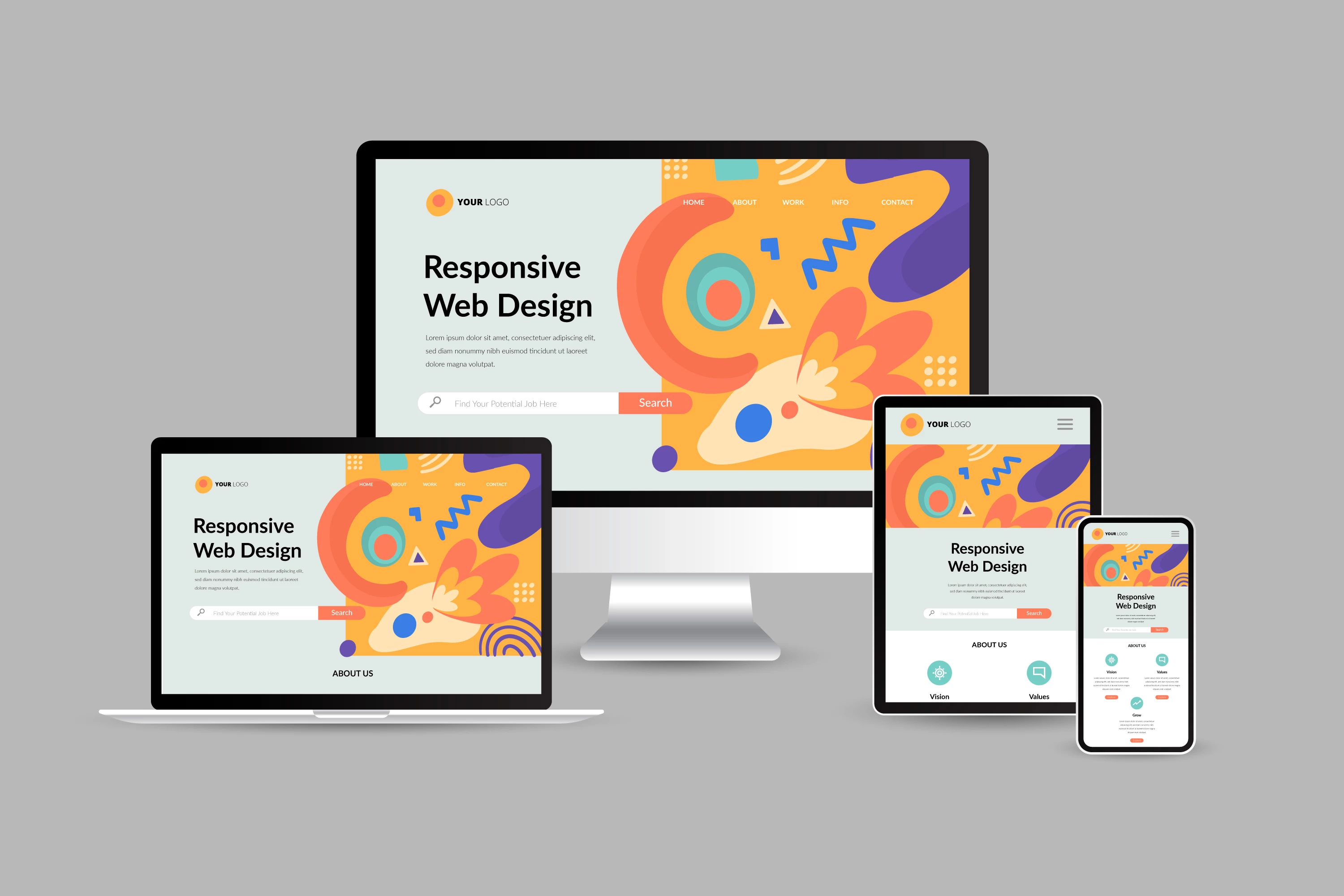Aligned Position Web Design: Comprehensive Web Design Solutions for Small and Large Businesses
Aligned Position Web Design: Comprehensive Web Design Solutions for Small and Large Businesses
Blog Article
The Best Kinds Of Website Design to Boost User Experience and Interaction
In the ever-evolving landscape of digital communication, the efficiency of Web layout significantly impacts user experience and engagement. Numerous design techniques, such as minimalist, receptive, and interactive formats, each deal special advantages that can provide to diverse user demands.
Minimal Website Design
As electronic landscapes become increasingly chaotic, minimal Web design has arised as an effective technique to improving customer experience. This design approach focuses on simplicity, concentrating on necessary components while eliminating unneeded distractions. By utilizing ample white area, uncomplicated navigating, and a minimal shade scheme, minimal layout cultivates clearness and routes user interest to crucial web content.
The core concept of minimalist website design is to produce a smooth interaction for individuals. By reducing cognitive lots, individuals can swiftly understand details without feeling overwhelmed. This direct technique not only improves functionality however additionally motivates involvement, as visitors are much more likely to explore a website that is very easy and aesthetically attractive to navigate.
In addition, minimal style typically highlights typography and images, making use of these elements tactically to communicate messages effectively. In significance, minimalist Web layout is not just a pattern; it is a thoughtful approach that identifies the significance of user-centered design.
Responsive Website Design
In today's varied digital setting, responsive Web design has become crucial for producing a seamless customer experience throughout a wide variety of tools. As users gain access to sites on smartphones, desktops, tablet computers, and laptop computers, the capability of an internet site to adjust its format and content to various display dimensions and resolutions is vital.
Responsive website design utilizes versatile grids, photos, and CSS media inquiries to ensure that Web material is presented ideally, despite the gadget utilized. This approach not just enhances the visual appeal of an internet site however also substantially boosts usability. Users are extra likely to involve with a site that uses a regular experience, as it removes the disappointment of needing to zoom in or scroll excessively.
By taking on responsive design, businesses can enhance their exposure and get to a wider target market. In summary, responsive Web style is a fundamental technique that improves individual experience, engagement, and overall contentment.
Interactive Web Layout
Receptive website design prepares for improving individual experience, yet interactive website design takes this an action further by engaging users in an extra dynamic way - Aligned Position Web Design. By including aspects such as computer animations, clickable prototypes, and real-time comments, interactive Web design astounds individuals, drawing them into a richer surfing experience
This strategy not only cultivates involvement but likewise encourages individuals to discover material actively as opposed to passively consuming it. Strategies such as gamification, where users earn incentives for finishing jobs, can substantially boost the moment invested in a site and improve overall fulfillment. Interactive functions can streamline complex info, making it more digestible and pleasurable.

Including interactive layout elements can also bring about higher conversion rates, as individuals are most likely to involve with a website that actively includes them. Aligned Position Web Design. Eventually, interactive website design changes customer experiences right into unforgettable trips, making sure that site visitors return time after time
Apartment Layout
Identified by its minimalistic strategy, level layout stresses simplicity and performance, removing unneeded elements and concentrating internet on crucial functions. This layout ideology prioritizes use, making certain that customers can browse user interfaces with convenience and performance. By utilizing a tidy aesthetic, flat layout gets rid of the mess commonly found in extra ornate styles, thereby enhancing customer focus on content and capability.
The characteristic of flat design depends on its use of bold shades, basic typography, and geometric forms. These aspects add to an aesthetically enticing user interface that is both modern-day and approachable. Furthermore, flat style fosters a sense of clearness, permitting users to determine vital actions and info without disturbance.
Furthermore, flat design is especially reliable in receptive Web layout, as its simplicity converts well throughout numerous gadgets and display dimensions. The absence of detailed structures and gradients minimizes loading times, which is important for keeping customer interaction. As electronic landscapes continue helpful site to develop, level layout remains an appropriate choice for creating easy to use websites that boost overall experience. By concentrating on crucial attributes, level layout not only meets customer needs but additionally encourages seamless communication, making it an important element of efficient website design methods.
Adaptive Web Design
Flexible website design tailors the customer experience by developing multiple dealt with formats tailored to different display dimensions and devices. Unlike responsive layout, which fluidly changes a solitary design, flexible layout uses distinctive formats for details breakpoints, making certain optimal discussion on various systems. This approach allows designers to concentrate on the special qualities of each gadget, boosting use by supplying specifically what customers require based on their context.
One of the key benefits of adaptive website design is its capacity to optimize load times and efficiency. By serving customized web content and images that fit the individual's gadget, internet sites can decrease data use and enhance loading speeds. This is particularly valuable for users with slower connections or limited data strategies.

Additionally, adaptive design promotes a much more regulated and constant branding experience. Since designers produce several layouts, they can make sure that the aesthetic components line up with the brand's identification across various systems - Aligned Position Web Design. he said This causes a natural user experience, improving engagement and promoting individual retention
Conclusion
Minimalist style fosters clearness and focus, while receptive layout makes certain versatility across various devices, promoting accessibility. Collectively, these layout approaches contribute to the development of straightforward settings that not just boost satisfaction but additionally drive higher conversion rates, highlighting their essential importance in contemporary Web design strategies.
.png)
Minimal design cultivates clearness and focus, while responsive style guarantees flexibility across various devices, advertising accessibility. Jointly, these layout comes close to contribute to the creation of straightforward environments that not only boost satisfaction however also drive greater conversion rates, underscoring their essential significance in modern Web style approaches.
Report this page